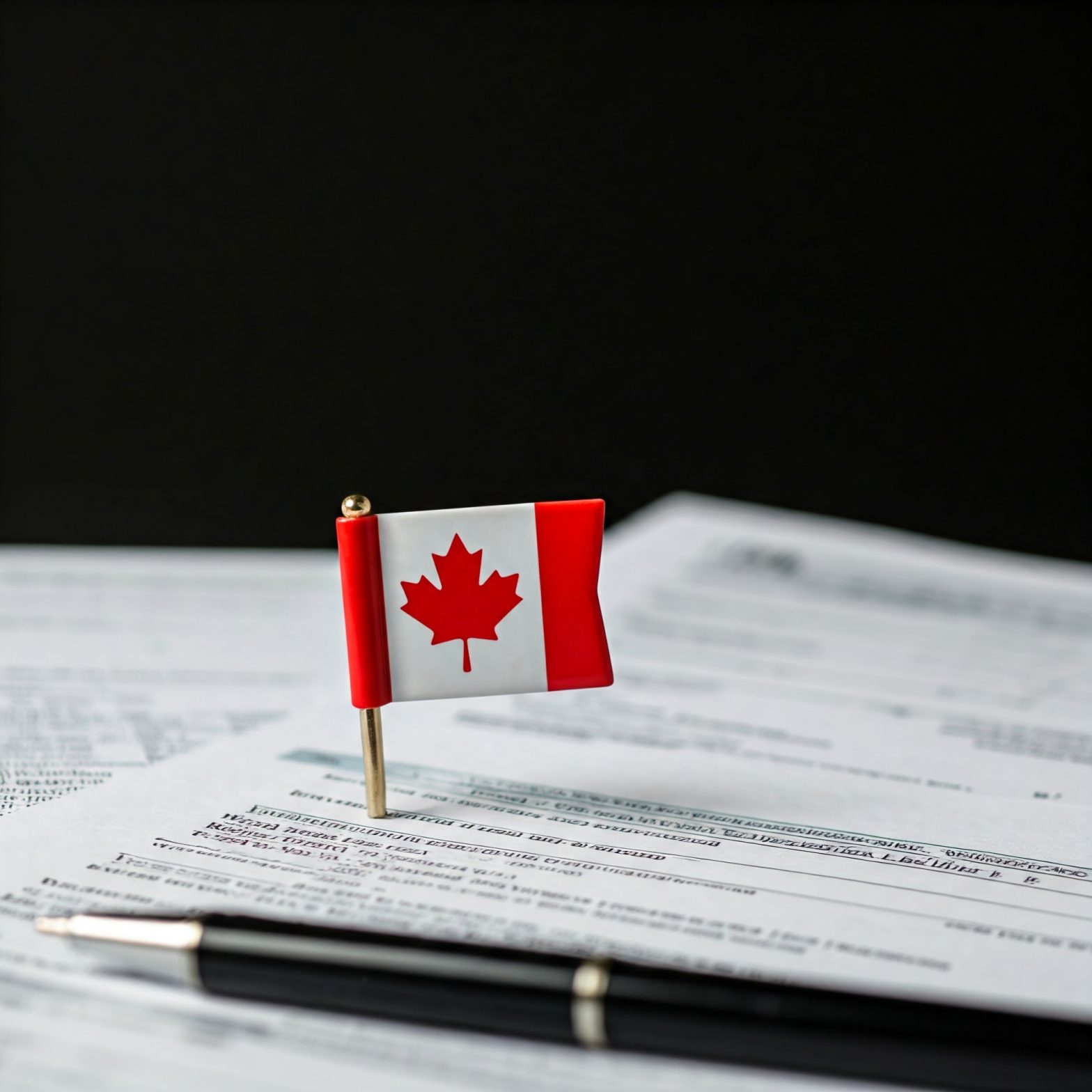A Common Man’s Guide to Canadian Taxes in 2024-2025
Dec 12 2024
|Canada Tax
|Last Updated: December 12, 2024

As tax season approaches, it’s important to understand how the Canadian tax system works and how it may impact you. Canada uses a progressive tax system, which means your tax rate increases as your income rises. Here’s what you need to know, from tax brackets to annual adjustments.
What Are Tax Brackets?
The Canadian tax system is divided into different brackets, which apply specific tax rates to portions of your income. The higher your income, the more taxes you’ll pay on the income above certain thresholds. These brackets are adjusted each year to account for inflation, a process known as “indexation.”
Key Tax Brackets for 2024 and 2025:
In 2024, the federal tax system will begin applying the following tax rates at specific income thresholds:
- 20.5% tax bracket starts at $55,867 for individuals.
- 26% tax bracket starts at $111,733.
- 29% tax bracket starts at $173,205.
- 33% tax bracket starts at $246,752.
For 2025, these thresholds will increase slightly due to an indexation of 2.7%:
- The 20.5% bracket starts at $57,375.
- The 26% bracket starts at $114,750.
- The 29% bracket starts at $177,882.
- The 33% bracket starts at $253,414.
Why the Indexation Matters
Each year, the Canadian government adjusts these income thresholds to keep up with inflation. This ensures that individuals are not pushed into higher tax brackets simply due to inflation, a phenomenon called “bracket creep.” The higher the indexation increase, the more your tax thresholds increase to reflect the rising cost of living. For example, the 2024 tax brackets reflect a 4.7% indexation increase, while 2025 sees a slightly lower 2.7% increase.
How Does Indexation Help?
Let’s take an example: If you earned $55,867 in 2024, you’d be at the start of the 20.5% tax bracket, meaning income above that amount would be taxed at a higher rate. In 2025, however, with the indexation increase, the starting point for that bracket will be $57,375, meaning a portion of your income that would have been taxed at a higher rate in 2024 would now remain in the lower bracket. This adjustment can save you money by reducing the taxable portion of your income at higher rates.
What Does This Mean for You?
For many Canadians, the indexation adjustments and tax brackets help ensure that they are not overburdened by taxes simply due to inflationary increases in their wages. As your income rises, the amount of tax you owe will increase, but the government has set these thresholds to prevent a huge jump in taxes year over year.
Provincial Taxes
In addition to federal taxes, each province has its own set of income tax brackets, which also tend to increase each year. Provincial taxes can vary significantly, so it’s essential to consider both federal and provincial tax rates when planning your taxes.
Conclusion
Understanding tax brackets and how they change each year can help you better plan for tax season. With modest increases in the income thresholds due to indexation, most Canadians can expect only slight changes in their overall tax burden. Keep an eye on both federal and provincial tax rates to understand how they’ll affect your specific financial situation.
For more information on Canada’s tax rates and adjustments, visit the Canada Revenue Agency’s official page.








